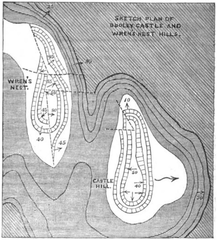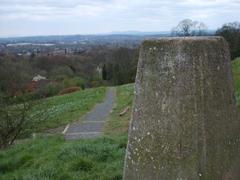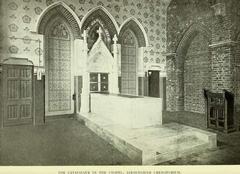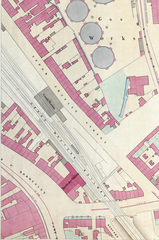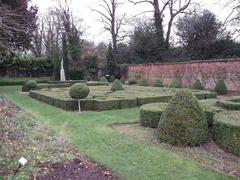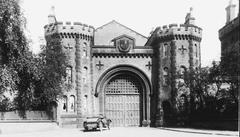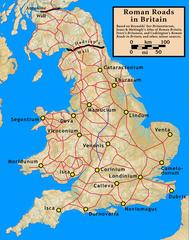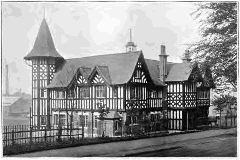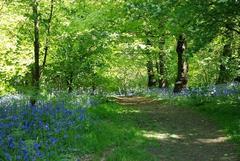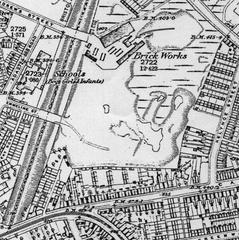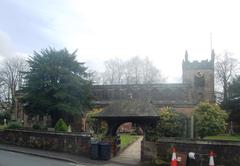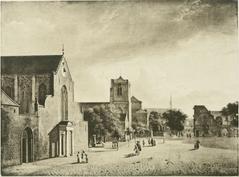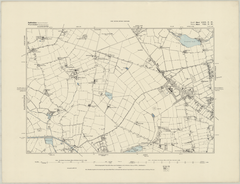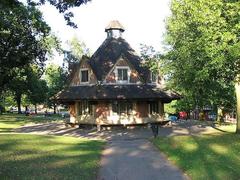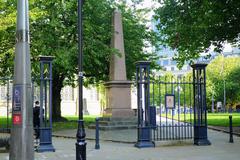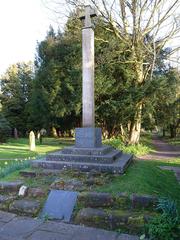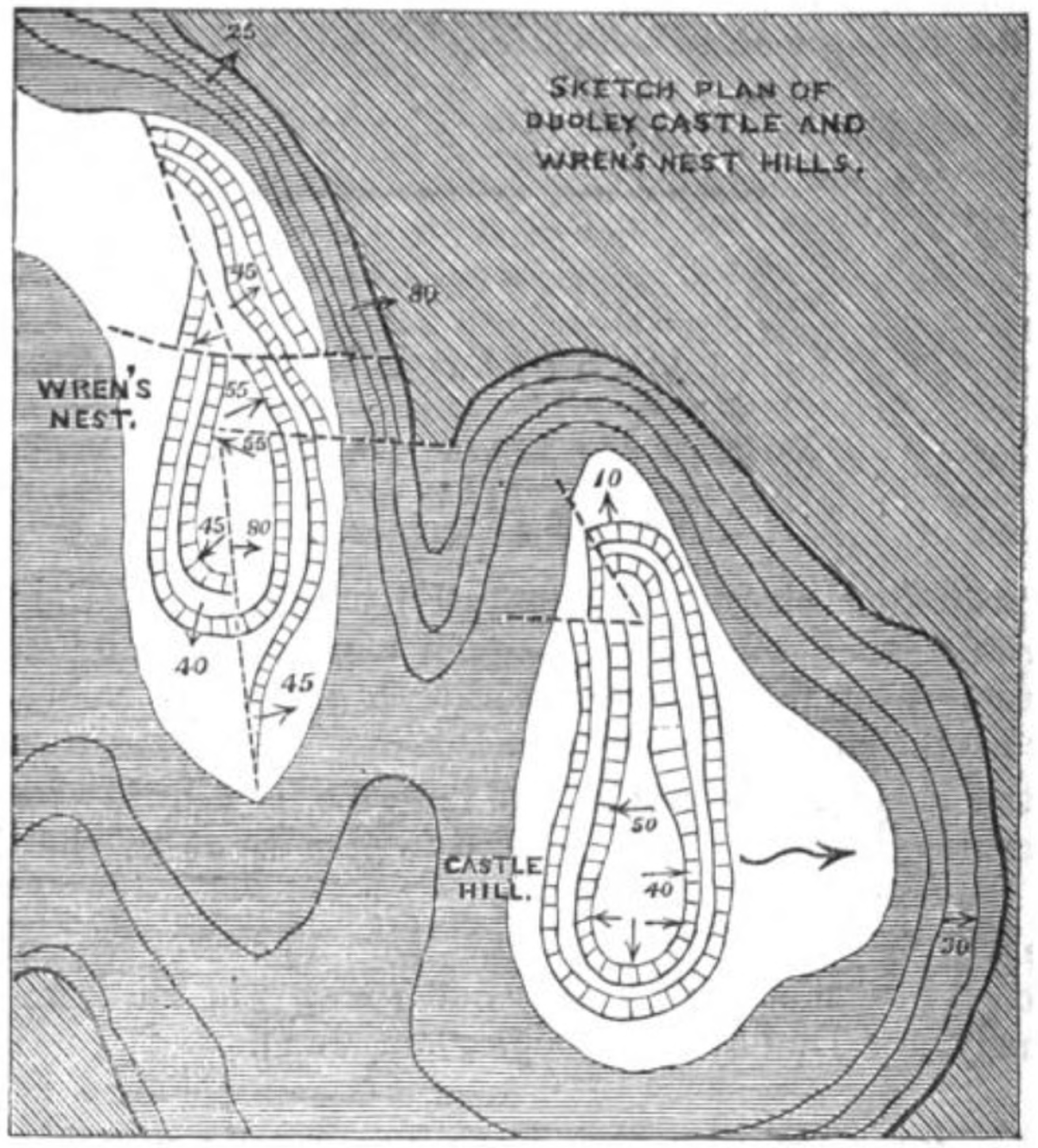
Wren’s Nest National Nature Reserve Visiting Guide
Date: 19/07/2024
Introduction
Nestled in the heart of Dudley, Wren’s Nest National Nature Reserve stands as a beacon of geological and industrial heritage. Often referred to as ‘the Galapagos Islands of the Black Country,’ this unique site offers an unparalleled glimpse into Earth’s ancient past, with limestone formations dating back over 400 million years to the Silurian period. The reserve’s geological significance is matched by its historical role during the industrial revolution, where its limestone was extensively quarried for iron production and lime burning (Discover the History and Significance of Wren’s Nest National Nature Reserve). Today, Wren’s Nest is celebrated for its rich fossil beds, diverse ecosystems, and the remnants of its industrial past, making it a must-visit destination for history buffs, geologists, and nature enthusiasts alike. This comprehensive guide provides essential visitor information, historical insights, travel tips, and highlights the unique features that make Wren’s Nest a site of national and international importance.
Table of Contents
- Introduction
- History and Significance of Wren’s Nest National Nature Reserve
- Visitor Information
- Special Events and Guided Tours
- Photographic Spots
- FAQ
- Conclusion
History and Significance of Wren’s Nest National Nature Reserve
Geological Formation and the “Wren’s Nest”
The reserve’s defining feature, the “Wren’s Nest,” is a limestone hill formed over 400 million years ago during the Silurian period. At this time, the area lay beneath a shallow tropical sea, teeming with marine life. The accumulation of shells and skeletons of these creatures, primarily crinoids (sea lilies), formed the limestone deposits that characterize the site today.
The name “Wren’s Nest” originates from the abundance of cavities and fissures within the limestone, providing ideal nesting sites for wrens and other bird species. These cavities, formed through the erosive power of water over millennia, contribute to the reserve’s unique topography and ecological diversity.
Industrial Legacy and Fossil Significance
Wren’s Nest played a pivotal role in the Black Country’s industrial revolution. The readily accessible limestone became a valuable resource, quarried extensively for iron production and lime burning. These industries, while shaping the region’s economic landscape, left an indelible mark on the reserve’s physical appearance, evident in the remnants of quarries and lime kilns scattered throughout the site.
However, the quarrying activities inadvertently unveiled a treasure trove of fossils. The exposed limestone layers revealed an exceptionally well-preserved record of Silurian marine life. Wren’s Nest is internationally recognized for its abundance and diversity of fossils, particularly its crinoid fossils, earning it the designation of a Site of Special Scientific Interest (SSSI).
Visitor Information
Opening Hours
Wren’s Nest is open daily from 9 AM to 5 PM.
Ticket Prices
Admission to Wren’s Nest is free, making it an accessible destination for all visitors.
Travel Tips
The reserve is located in Dudley and is easily accessible by public transport. For those driving, there is ample parking available.
Nearby Attractions
While visiting Wren’s Nest, consider exploring other nearby attractions such as the Dudley Castle and Zoo, Dudley Canal Trust Trips, and the Black Country Living Museum.
Accessibility
Wren’s Nest offers accessible paths and facilities for visitors with disabilities, ensuring that everyone can enjoy the natural beauty and historical significance of the site.
Special Events and Guided Tours
Throughout the year, Wren’s Nest hosts special events and guided tours, offering visitors in-depth insights into its geological and industrial heritage. Check their official website for the latest event schedules and booking information.
Photographic Spots
Capture the beauty of Wren’s Nest at these recommended photographic spots: the limestone cliffs, the fossil beds, and the panoramic views from the hilltop.
FAQ
- What are the visiting hours for Wren’s Nest? Wren’s Nest is open daily from 9 AM to 5 PM.
- How much are tickets for Wren’s Nest? Admission is free.
- Are there guided tours available? Yes, guided tours are available throughout the year. Check the official website for schedules and booking details.
- Are pets allowed at Wren’s Nest? Yes, dogs are allowed but must be kept on a leash at all times.
- Can I collect fossils at Wren’s Nest? No, collecting fossils is prohibited. However, you are encouraged to record your finds.
Conclusion
Wren’s Nest National Nature Reserve is more than just a geological treasure; it is a testament to the intricate interplay between natural history and human endeavor. The reserve’s limestone formations and fossil-rich layers offer an unparalleled window into the Earth’s ancient past, while its industrial remnants tell the story of a region that played a pivotal role in the Black Country’s economic development. Whether you’re exploring the dramatic limestone ridges, participating in a guided fossil hunt, or simply enjoying the panoramic views, Wren’s Nest promises a memorable and educational experience for all visitors. By following the visitor guidelines and respecting the site’s natural and historical significance, you can contribute to the preservation of this invaluable heritage site. For more information and to stay updated on events and activities, visit the Wren’s Nest official website and consider downloading the Audiala app for a more interactive experience. Don’t miss the opportunity to explore this remarkable reserve and connect with its rich legacy.
References
- Discover the History and Significance of Wren’s Nest National Nature Reserve - Visiting Hours, Tickets, and More. (2024). https://www.wnnt.org.uk/
- Exploring Wren’s Nest - Visitor Information, Historical Significance, and Key Attractions in Dudley. (2024). https://www.wnnt.org.uk/geology
- Visiting Wren’s Nest - Opening Hours, Tickets, and Top Tips. (2024). https://www.wnnt.org.uk/
